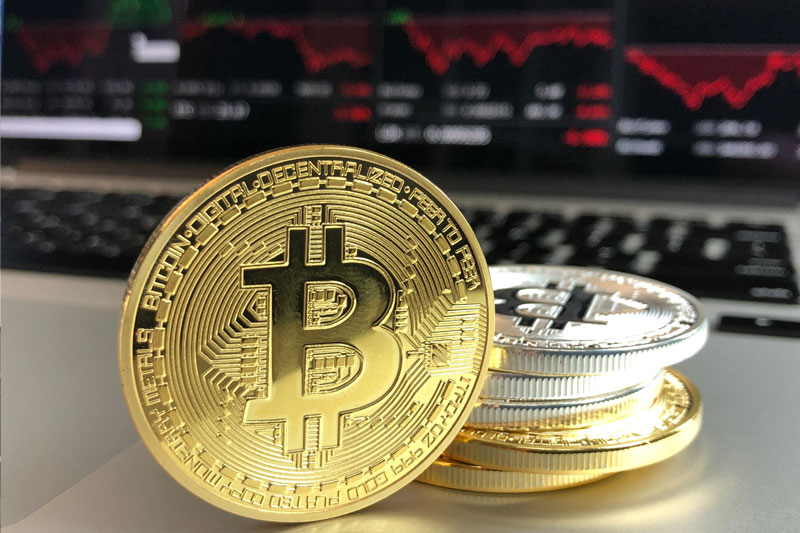This Massive Bitcoin (BTC) Surge Makes Zero Sense

U.Today – With no accompanying price movement, Bitcoin‘s open interest (OI) has recently surged, leaving many market participants confused. Rising open interest typically indicates increased market participation. OI is the total number of outstanding derivative contracts. But if this happens with little change in the price, something odd is probably happening.
Bitcoin’s OI has increased dramatically over the last few days despite the price remaining largely unchanged. With Ethereum and Solana displaying a similar trend in their OI this pattern, it raises concerns and adds to the market’s sense of mystery.
Institutional traders or large organizations might be getting ready for a major market event. Instead of making significant trades on the spot market just yet, they might be building up positions in the derivatives market to prevent volatility before they are ready to move. Market insiders may increase exposure without causing a price spike if they have access to important upcoming information, such as regulatory news, ETFs or important partnerships, and they may wait for the ideal time to take action.
An increase in hedging activity might be another logical explanation. To protect their holdings from possible downside risks, large Bitcoin holders may be purchasing options and futures contracts. Due to traders’ indirect purchases of Bitcoin, this would raise OI while having minimal effect on the spot price. This may occur if traders anticipate higher volatility in the near future – perhaps in relation to prominent crypto news stories or macroeconomic events.
Finally, an increase in OI without a price spike could be a sign of a short squeeze. The increasing OI may indicate that many shorts are being opened – if many traders are betting against Bitcoin by shorting it. The market may quickly close short trades if it moves against these positions, which would put buying pressure on the price as traders scramble to cover their positions.
This article was originally published on U.Today







